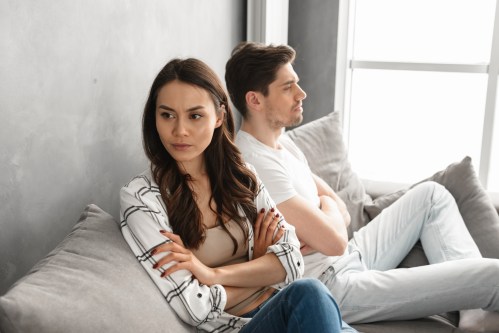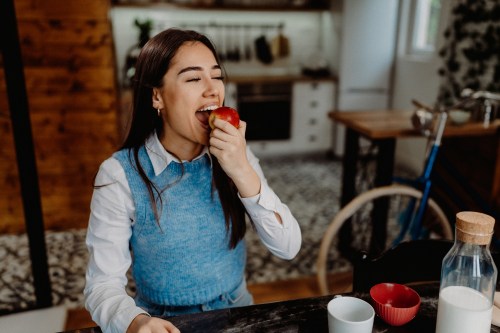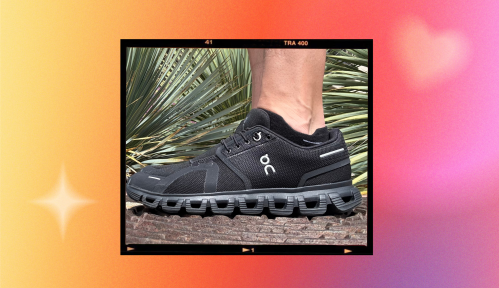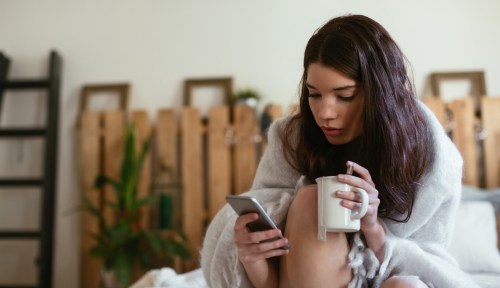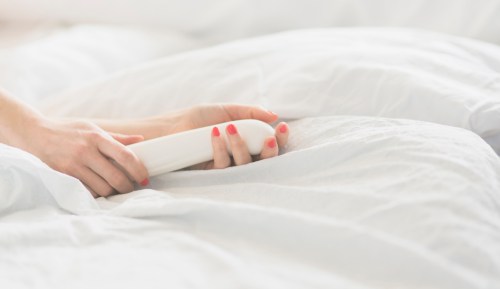Our editors independently select these products. Making a purchase through our links may earn Well+Good a commission
In a hierarchy of unsexy topics, ear wax lands towards the top of the list. Still, the goo serves a vital function: It protects the delicate skin of the ear canal. What’s more, changes in its color or consistency can provide clues to the overall health of the ear.
Before I dive into exactly what these changes might be and can mean, Nina Shapiro, MD, professor at the David Geffen School of Medicine at UCLA and author of Hype: A Doctor’s Guide to Medical Myths, Exaggerated Claims, and Bad Advice, wants to make it clear that you should not be cleaning out your own ear wax, no matter the circumstance. “The old wives tale of saying, ‘Nothing smaller than your elbow in your ear,’ is true,” she says. In other words—no Q-tips!
The reason for this, she explains, is that wax is not dirt and therefore does not need to be removed—at least in most cases (more on that in a minute). “Wax is actually produced by the skin glands in the ear canal, where skin doesn’t haven’t protection like it does in other places in the body,” Dr. Shapiro explains. “So using a Q-tip does two things. It strips that protective layer and it actually pushes the rest of the wax into the ear further.”
Below, Dr. Shapiro differentiates between the type of wax that should be left to its own devices and that which might warrant professional intervention.
Keep reading to find out what different colors and consistencies of ear wax may mean for your health.

Brown
A brown color in varying shades, says Dr. Shapiro, is not a sign of any trouble. “Brown ear wax is normal,” she says. “[This will be] a sticky, waxy, consistency.”
Black
Brown, however, isn’t the only “normal” color. Dr. Shapiro explains that because wax is created by skin glands, different skin types produce different kinds of wax. “In general, people with darker complexions tend to produce darker wax,” she says.
If your ear wax presents as black when it’s normally not so dark, however, Dr. Shapiro says this could be because it’s mixed with some dirt. “Other times, it’s just the way [the wax] gets oxidized when it makes contact with the air, but that doesn’t necessarily mean it’s dirt” or anything to be concerned about, she adds.
White, dry, and flaky
Just as different skin tones may produce different color waxes, Dr. Shapiro says that different skin types may produce different types of waxes. “Some people have this very light, flaky wax…it almost looks like the consistency of flaky skin,” she says. This, she explains, is normal—no one type of wax is more desirable than another.
Watery
Liquid-y wax or drainage, however, likely suggests the need for a doctor’s visit. “This could be a sign of swimmer’s ear, which is an outer ear infection, or it could be a sign that you have a hole in the eardrum, where liquid is draining out from the middle ear,” Dr. Shapiro says. Usually, swimmer’s ear is very painful. “If it’s watery and it doesn’t hurt, however, it could still be a sign you have damage to your ear drum,” she says.
Green
“If you have green drainage, that’s usually a sign of a more significant infection,” Dr. Shapiro advises. “It could be a middle ear infection where you would need to be on antibiotic ear drops or oral antibiotics.”
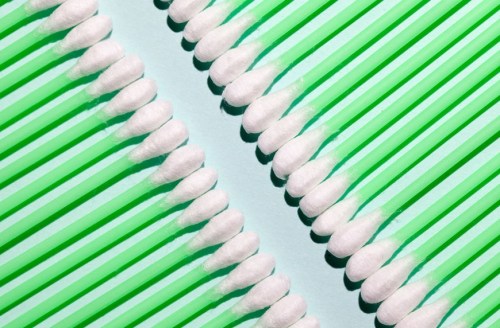
Gray
Pale gray ear wax, however, often signifies a different type of infection. “Just like you can get fungus in the feet, you can get fungus in the ear—it’s the same fungus,” Dr. Shapiro says. “It’s mushy gray, like the consistency of soft feta cheese, or like a paste.”
According to Dr. Shapiro, this type of infection is surprisingly common, especially in the summer. “It’s kind of like a swimmer’s ear, because it’s usually [caused by] humidity. Just like you’d get fungus anywhere, it’s from humidity trapped in warm stuff,” she says. What happens sometimes, she further explains, is that water gets trapped behind wax: “Fungus loves to grow in these environments.” To remedy the situation, Dr. Shapiro explains that your doctor will “suck out” the fungus and then treat the area with anti-fungal drops or creams.
Bloody
Blood coming out of the ear could be caused by a few things, says Dr. Shapiro—not all of which require you to rush to the emergency room. “It could be a scratch to the ear canal if you’ve been using Q-tips, because the canal has a lot of blood vessels and can therefore bleed relatively easily,” she explains.
It could also, however, signify a bad infection. “If there’s a scab or some sort of fleshy infected tissue—an external infection—it could bleed,” she explains. “Or, if you’re someone who has a hole in the eardrum and there’s an ear infection, sometimes there could be a little blood coming out.” Another option, Dr. Shapiro adds, is what’s called a traumatic ear infection or traumatic perforation. “Sometimes we see it with scuba divers or people diving off of cliffs into big bodies of water—they rupture their eardrums and there can be bleeding with that,” she says.
Smelly
Ordinary wax, says Dr. Shapiro, does have a “funny smell.” However, if it’s an infection, the odor will change. “If it’s a bacterial infection, it has the smell of overripe fruit, that fishy smell,” she says. Fungal infections, meanwhile, smell, well, “fungal.”
Absent
If you don’t seem to produce ear wax, Dr. Shapiro says it’s “no big deal. [You] probably produce a little but it gets sloughed up so that it doesn’t accumulate enough to be visible,” she explains.
Excessive
On the flip side of this, Dr. Shapiro says that some people just produce more wax than others, in which case they may need to get it cleaned out, professionally, a few times a year. This condition can appear with age, she adds, because the ears themselves get bigger with each passing year.
Such bodily excretions clearly don’t exist just to embarrass you. Find out what your poo and your period blood say about your health, too.
Sign Up for Our Daily Newsletter
Get all the latest in wellness, trends, food, fitness, beauty, and more delivered right to your inbox.
Got it, you've been added to our email list.

